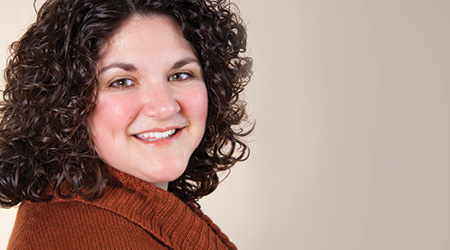
My dad loves roller coasters and when I was a kid, he'd want us to join him on anything that spun — the faster, the better. But to me, the constant spinning made my stomach turn (cue childhood flashbacks to Disney's teacups). As leaders, the last two years have felt a bit like those rides; spinning full circle and leaving us feeling a bit green around the gills, completely worn out.
For example, at the onset of the pandemic, you and your teams stepped up. You were highly motivated, and you did what had to be done to create a safe environment in hopes of bringing people back into the facility. You rose to the challenge and you thrived.
Over time, though, exhaustion began to set in. Months dragged on, workloads never decreased, the constant wobbling of whether or not occupants would come back, and an unpredictable pandemic future wore people down. Workers everywhere and at all levels were burning out and many left their jobs in search of greener pastures.
For departments experiencing budget cuts — even amid dramatic pricing inflation — attrition set in and teams were once again faced with the age-old challenge of doing more with less. Unfortunately, meeting cleaning demands on minimal staff is unsustainable, and the pressure to do so is enough to make your stomach do flip-flops.
In our Healthy Schools roundtable, we asked cleaning executives about the biggest challenges impacting departments. Every response revolved around staffing shortages, unrealistic cleaning frequencies and having access to budgets necessary to get the work done. The realities of these challenges are expected to impact custodial programs moving forward as cleaning standards decrease, frequencies get cut and green and/or sustainable initiatives take a back seat. But it’s up to us leaders to make sure we stop the spinning.
In this issue, you’ll find advice on the benefits of a green program and avenues to get you started, tips to keeping infections at bay, and how to prioritize clean as we navigate bringing people back into facilities. Don’t discount the team you have in place and the budget that is available. Set goals, but be realistic and honest with the team and with management. The last thing you want is for people to spin full-circle and feel so sick all they can focus on is the exit sign at the end of the ride.

 The Down and Dirty on Cleaning in Virus Season
The Down and Dirty on Cleaning in Virus Season How Surfactant Use is Expanding in Commercial Cleaning
How Surfactant Use is Expanding in Commercial Cleaning Operational Excellence Series 2025: Better Budgeting
Operational Excellence Series 2025: Better Budgeting
